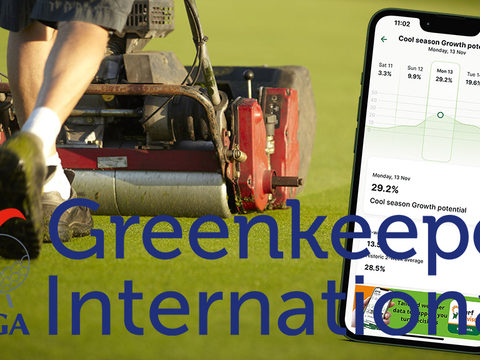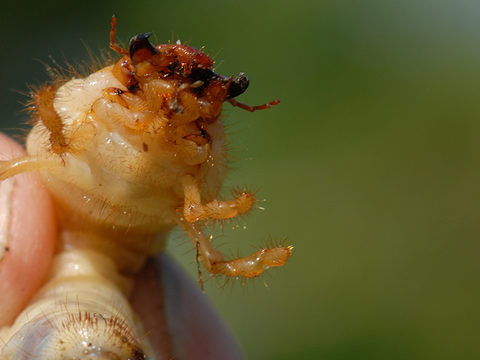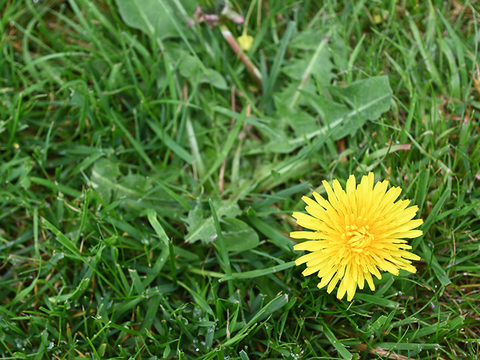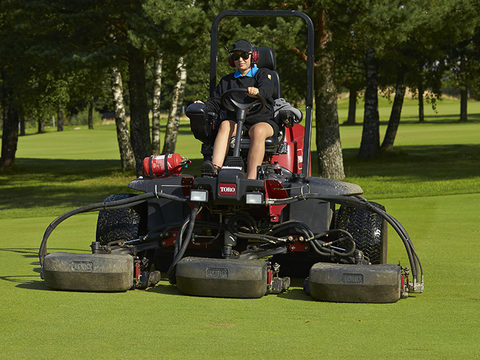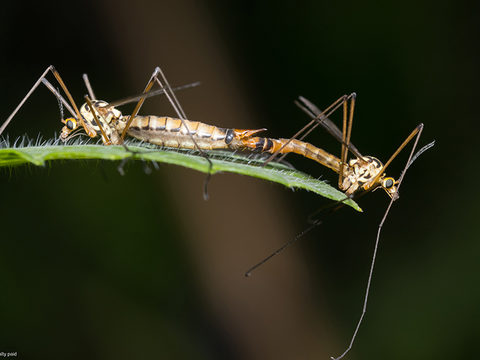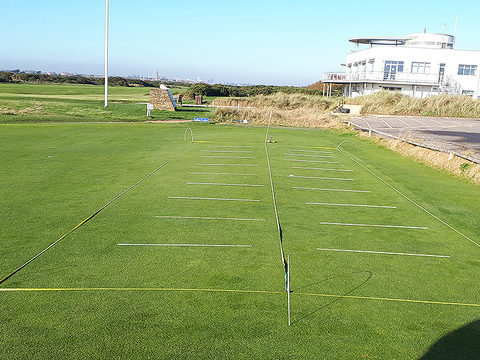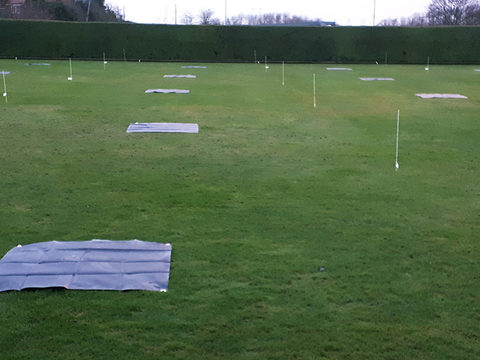WEATHER CHALLENGE FOR MARCH TURF MANAGEMENT
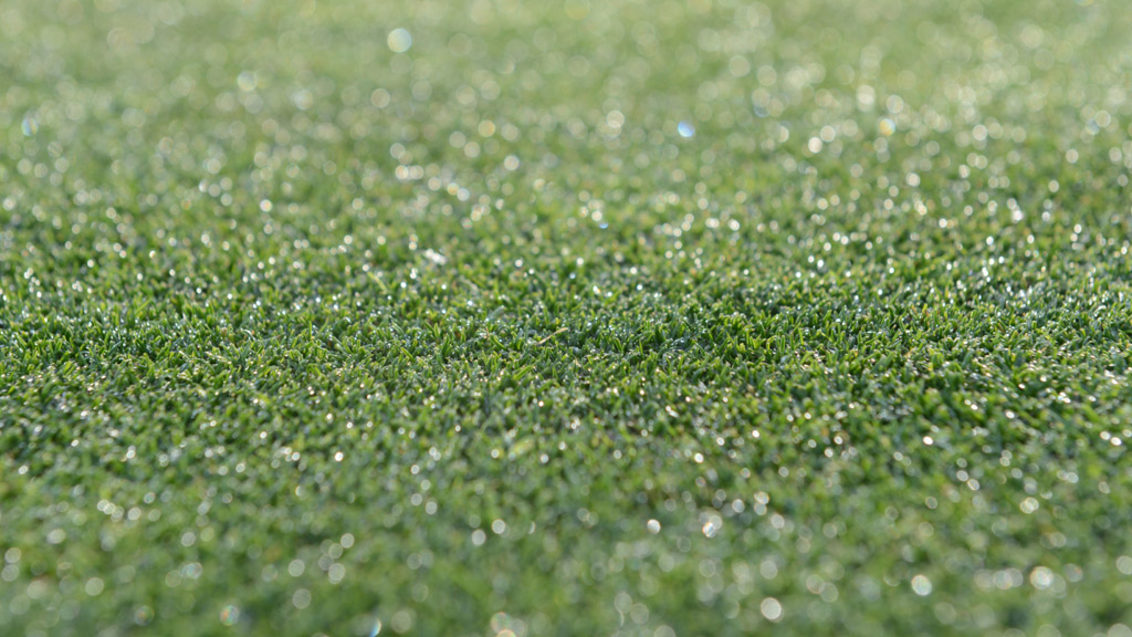
After another relatively benign winter for 2016/17, February’s grey and cool weather conditions across most of the UK dispelled hopes of an early start to spring.
Although turf has never completely stopped growing, cold nights have put on the brakes - and created some stressful conditions to manage pitches and golf courses, at an increasingly busy time for players’ demands.
Making plans for March is always difficult, given the huge variability in what the weather holds, and its implications for turf health, but the trend of recent years has seen a kick-off for growth.
|
|
|
|
|
However, whilst daytime conditions may look good for turf repair and recovery, remember that the UK still has an average eight nights with an air frost in March, which can frequently be as much as 15 nights in the east of Scotland.
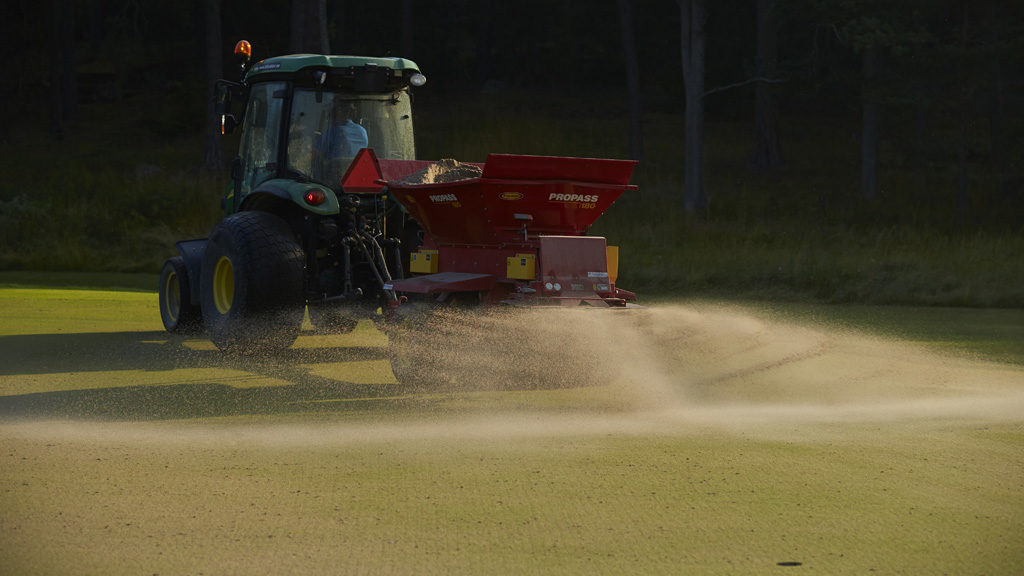
The extreme diurnal range of warm days and cold nights create added stress that limits the chance for turf plants to outgrow any damage caused by pests and diseases.
Table 1. UK March weather records for the past three years reveal consistently warmer temperatures and drier conditions. But remember, last year was a false dawn, when dull April and May weather produced problematic poor growing conditions. | |||||||||||
Av Temp (°C) | Sun (hours) | Rain (mm) | Days with air frost | ||||||||
2014 | 2015 | 2016 | 2014 | 2015 | 2016 | 2014 | 2015 | 2016 | 2014 | 2015 | 2016 |
6.7 | 5.5 | 5.3 | 127 | 123 | 118 | 80 | 96 | 87 | 5 | 7 | 8 |
Using the GreenCast forecasting to identify the level of disease risk before it hits enables proactive preventative treatments, to optimise product choice and performance.
During the difficult spring timing, when there may be cool periods of no growth interspersed with warmer flushes, fungicide choices with contact and systemic multi-active components covers both conditions. As temperatures warm up, the cool-weather systemic Banner Maxx provides extra protection from within the leaf.
Early kick-off with wetting agents
Starting Qualibra wetting agent programmes earlier this spring could aid faster recovery of turf quality, and ensure plants remain healthier through the summer to enhance playability through the year.
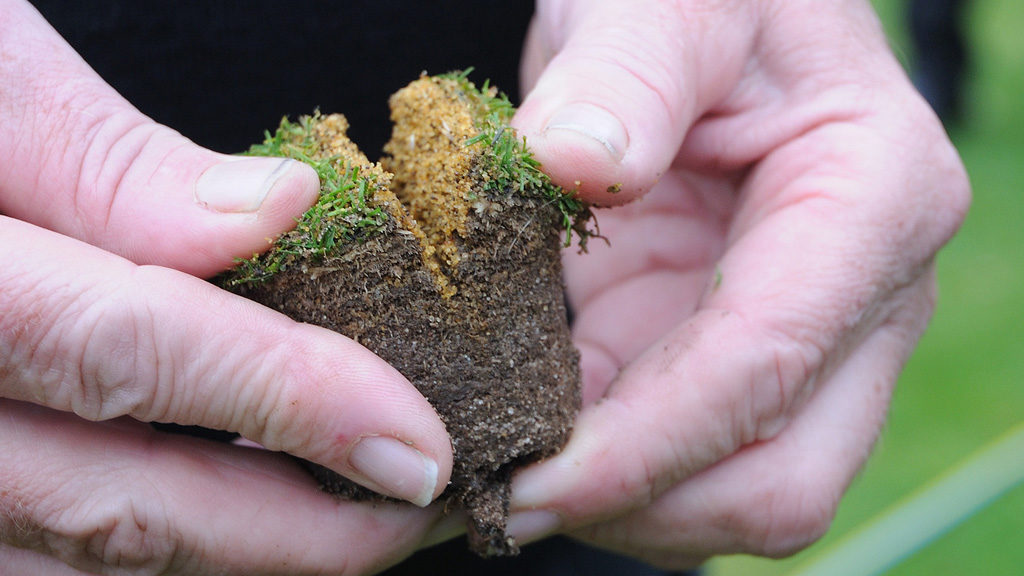
Even after seasons with wet winter conditions, the prolonged dry spring weather experienced in recent years can seriously affect root growth and plant recovery. Advanced wetting agent technology, combining genuine penetrating and polymer components in Qualibra, provides the opportunity to create firmer, faster playing surfaces earlier in the spring, along with preparing improved growing conditions for turf through the season.

